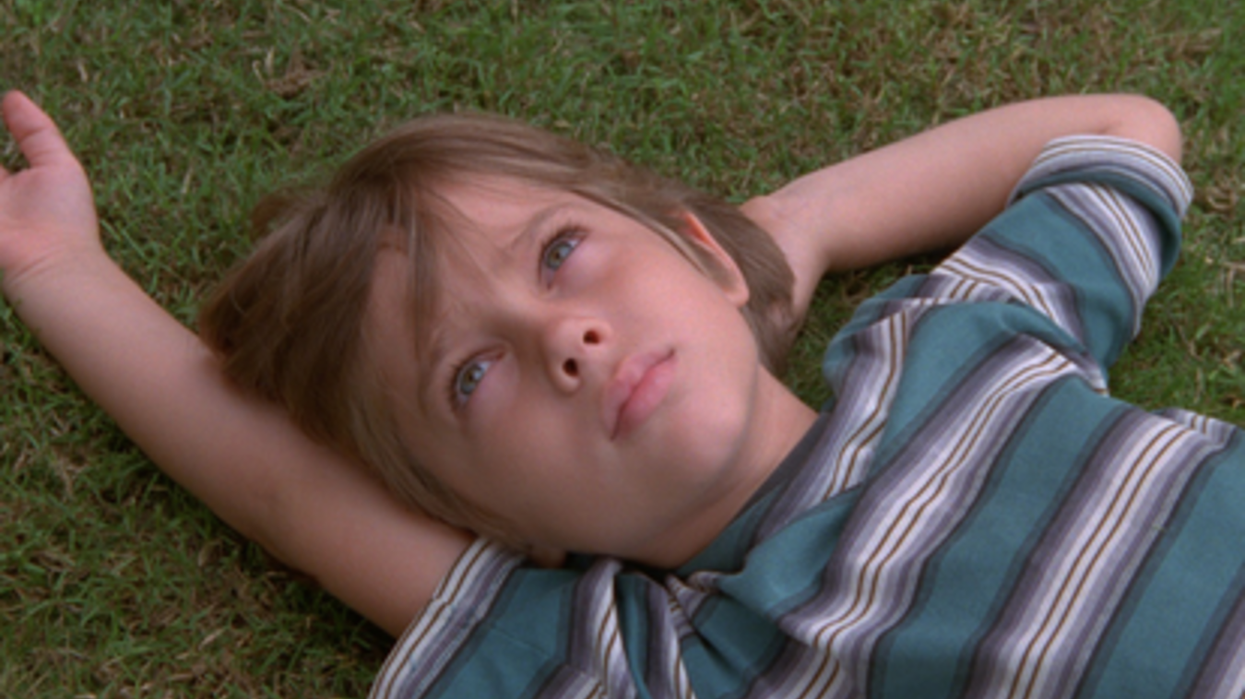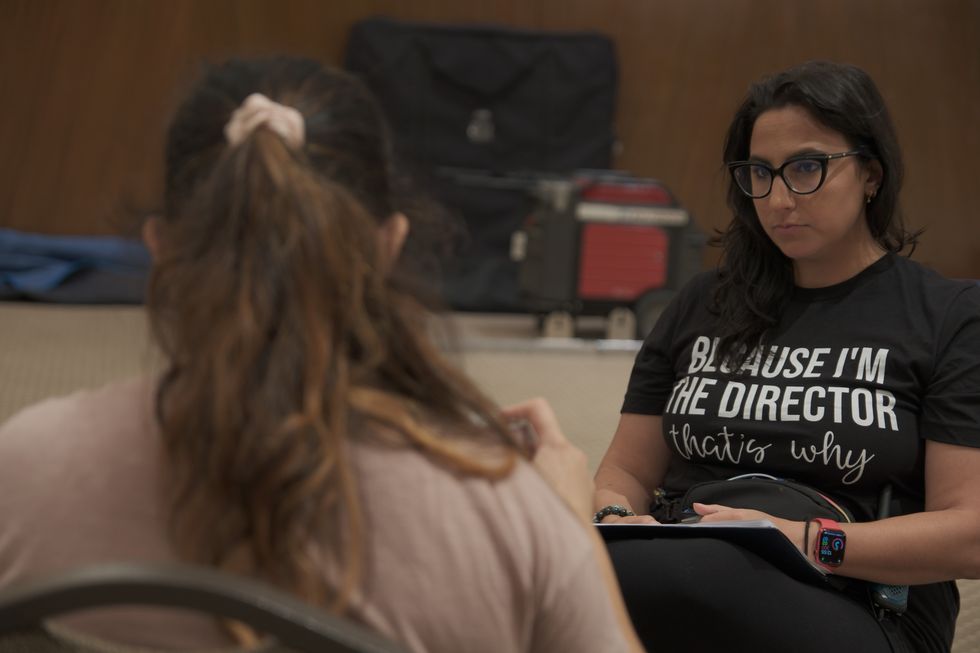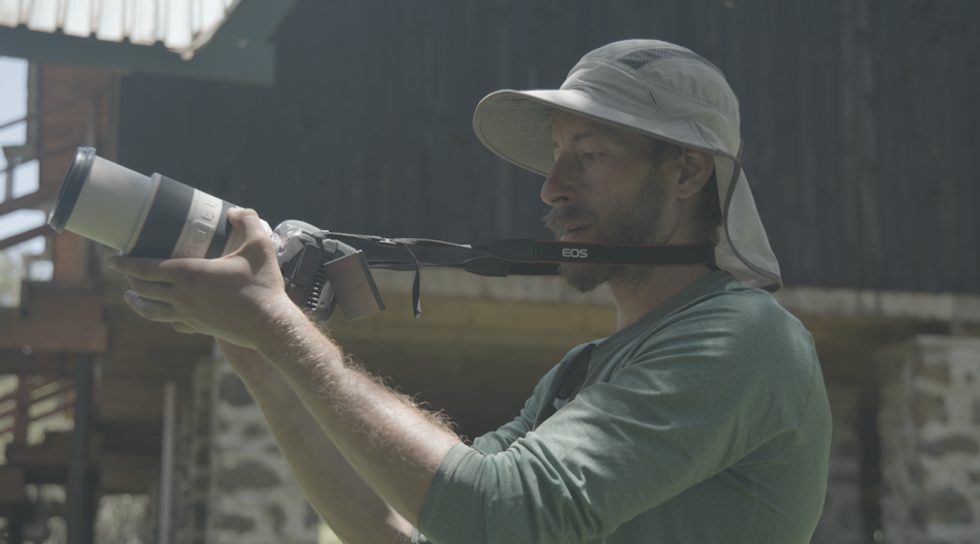6 Things You Can Learn from the Insane Post-Production Process Behind 'Boyhood'
If remembering what you were shooting & editing on in 2002 makes you cringe, imagine Richard Linklater and his crew filming Boyhood on an evolving assortment of different cameras, lenses, and color stocks for 12 years.

What was the 13th year like for the post-production team? A real can of worms! At the SXSW 2015 panel, Boyhood Post-Production: 13th Year of a 12 Year Movie, members of the post-production team explained how they dealt with the process, and here are the top five takeaways.
Editing Is About Finding Poignant Moments, Not Sticking to a ont
According to Boyhood editor Sandra Adair, Richard Linklater would shoot for 3-4 days every year, and she’d work a month each year. Every new year, they’d watch previous years and have a conversation about what might happen the following year so Linklater could develop what would happen next in the story. He’d know the outgoing shot was for the previous year so he would know the incoming shot for the next year.
“It was kind of a Zen process to not worry about what was coming next, not have to know ending. I focused on pulling moments that resonated with me each year. I didn’t know what it would develop into, but I would try to pull moments to make each year as poignant as possible. We edited 9 other films in the course of making Boyhood.”
Some Films Don’t Need an Original Score
Adair explained that they initially thought they would have a score, and they had a composer create drafts of music. However, at one point, Linklater made the decision that crafting a score was “trying to add too much of ourselves.” In the end, they opted to use songs that rang true to the period of time in the film instead. Adair says:
“Each character would have their own music tastes. Finding music that works with the picture edit and works for character is tough -- We accumulated lists of the tops songs on the charts starting in 2002, 2003 and burn CDs which we gave to ‘music consultants’ [their kids]. They would write a paragraph about each song, like “I remember this song when were driving to soccer practice” or “my sister loved this song, but all the boys hated it.”
No Matter How Bad It Is, Your Online Can’t Be as Bad as Boyhood
About 10 years ago, the common standard when shooting on film was to offline to SD video, eventually returning to film for the final output. Then quickly, according to Boyhood colorist, digital compositor, and digital intermediate editor Parke Gregg ofStuck On On, the industry forgot that standard altogether. (Yup, we finally saw the end of the film-out.) In the beginning, Boyhood was edited on a little consumer system (going back to FCP 3!) The plan was to transfer from Cinema Tools and telecine to Standard Def MiniDV tapes, turning 30 frames into 24. On other productions today, when someone can just ask you to send a high def file, that was never an option on Boyhood! All the editing decisions had to be made on what Adair describes as a very degraded standard def image on 18 inch Sony TVs. Gregg described the DI phase this way:
“We got Cinelicious to go back to scan for the DI. The way you would have done that in the past, is give them a cut list, with the lab roll, keycode, cut here, etc. But they don’t do that anymore. They want timecode. So somebody had to go and find every lab roll hole punch at the beginning of the tape and write it down. A Labroll is 10 minutes, a tape is 60 mintues. Eventually we got our cut list to EDL, and Cinelicious pulled it based on time code. When it came to Telecine 35mm to DVcam tape, we gave the specs to telecine. The guy was like, I don’t know if have the telecine machine anymore! If we do, we haven’t turned it on since last year, when you were here. The day after we finished, they probably sent it to the recycling plant!”
Contact Rightsholders Early, But Not Too Early
On a normal production, Boyhood post-production supervisor Laura Yates would spend 3-4 months alone in a room of boxes sorting all the rights that would need to be cleared before the theatrical release. In the case of Boyhood, the post team got a call around the end of December letting them know the film was going to Sundance. Yates had to work around the clock to sort out releases, including for the music, which hadn't been cleared yet! Not all the music could be licensed, so the film had to change a little to accommodate the replacement music in the picture edit. Additionally, in Yates’ words:
“This film had been done in pieces. Fair use rights lawyers told us what we could clear. Once you contact somebody, cant use fair use anymore. So I had to follow up on 12 years of paperwork to see who had been contacted. For example, some sports teams in the film had been contacted to use their logos and had originally said they would be willing to let them be used. But when they came back after 12 years for the contract, the sports teams said no. At that point, the film had already sent to DCP.”
At this point, Gregg had to come in with rotoscoping and compositing miracles. According to Gregg:
“They asked me if I could get rid of the logos on a poster. Unfortunately, an extra sat down in front of the poster, and he had really bushy hair. That made it so much more difficult! Luckily, the Internet is helpful as far as what you can find out on how to do this kind of thing. After a few days, we redelivered the film.”
Strive for Continuity, But Don’t Compromise Story Over Technical Perfection
Every time the camera was rolled, the production of Boyhood was different. The crew was different. They would change film stock and lenses. Skin tones were different. The framing charts were only consistent to that reel. Every lab roll that got processed was a totally different batch of chemicals. Gregg described his process of striving for continuity this way:
“Going into this, it was locally a legendary project that no one knew about, but everyone had heard about. Before I saw the first rough cut, I thought it would be doc style. But in the rough cut screening, I was amazed at how the storytelling was so seamless. As a colorist, my job is to enhance storytelling very subtly. I needed to complement that seamless flow -- Sandra cuts for story, as she should. I had to get past the technical barriers so it didn’t distract from storytelling. Those were my marching orders. “
Even Headliners Tweak Color and Sound After the Festival Premiere
Every year, independent films race to finish their film in time for a festival premiere. Often, they return to the sound mix or color pass after the agonizing realization on the big screen that there were aspects that they wanted to fix. The same was true even for the Boyhood post team, and they seemed to do just fine. According to Gregg:
“After Sundance, I personally wasn’t please with where color had gotten. I started from scratch to do brand new color pass. Tom Hammond [at Soundcrafter] filled in a lot of gaps that were there during Sundance. What we screened was a first pass color correction and temp mix. Rick is one of the few directors that is confident enough to do that.”
Do any of you out there have a project you’ve been working on over the technologically evolving years? If you've had headaches like the Boyhood team, do share your workarounds!




 BirdMine
BirdMine Allison Norlian and Kody LeibowitzBirdMine
Allison Norlian and Kody LeibowitzBirdMine Allison NorlianBirdMine
Allison NorlianBirdMine Kody LeibowitzBirdMine
Kody LeibowitzBirdMine









